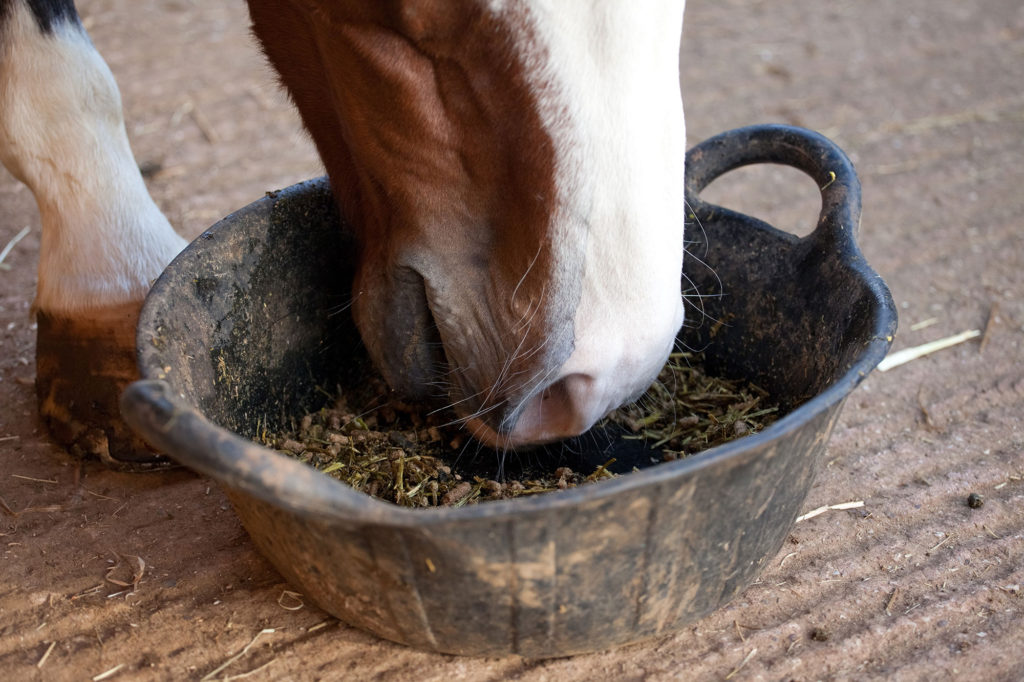The leaky gut syndrome is the name given to the breakdown of the junctions between cells in the gut which then allows the contents of the gut such as bacteria and undigested horse food to escape the digestive system. It is now suggested that this phenomenon can cause behavioural issues, allergies, and insulin resistance and may also contribute to laminitis.
What Causes Leaky Gut Syndrome?
There are several causes of a leaky gut including stress and a low-fibre, high-starch diet. The acidity generated by feeding high levels of starch causes acidosis which has a negative impact on the health of the cells lining the digestive tract. High levels of starch come from cereal-based horse food and so keeping cereals to a minimum and feeding more fibre is the basis for reducing the risk of leaky gut occurring.
Why are high starch feeds used?
It is often perceived necessary to feed high-starch horse food to performance horses and those in race-training. However, it is often the case that trainers feed way more than is needed at the expense of fibre. There are many better quality fibre-based horse feeds available now that reduce the reliance on starch as an energy source and so are far more sympathetic to the horse’s digestive system.
Is there a safe level of starch that can be fed?
Studies have shown that 1 gramme of starch per kilogramme of body weight per meal and 2 grams per kg bodyweight per day are thresholds for the risk of ulcers but it is likely that even at these levels some negative effects on gut health could occur. To calculate the level of starch in a horse’s diet it is important to know the level of starch in the horse food and the amount of horse food being fed – one measure without the other is meaningless.
If you’re having difficulty calculating your horse’s starch intake then contact an equine nutritionist for help and advice.


